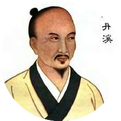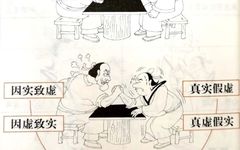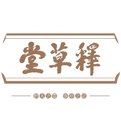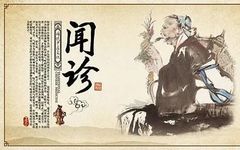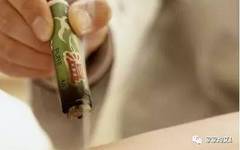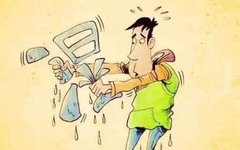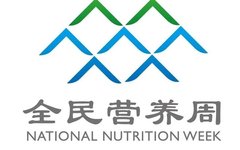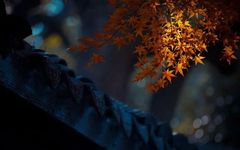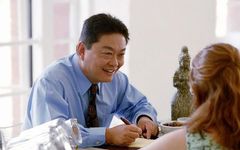Theories of Pathogenesis in Traditional Chinese Medicine: External Pathogenic Factors – Fire Evil
This article is summarized and organized based on the “Lectures on Basic Theories of Traditional Chinese Medicine” by Li Dexin and “Lectures on Formulas” by Wang Mianzhi published by Renwei Press. Fire Evil is a type of pathogenic qi among the six external evils, characterized by its ability to cause inflammation, consume qi, injure body … Read more

